aluminum clad steel plates
In the laboratory, the warm-rolled composite experiment and the interface shear strength test of steel/aluminum composite plates of different thicknesses were carried out. In order to avoid the oxidation of the interface of the steel/aluminum composite billet during the preheating process, the slab is covered with aluminum foil under the protection of inert gas to achieve a good expected effect. Under the working conditions of the original layer thickness ratio of 1:1, the rolling temperature of 400℃, the rolling speed of 60mm/s, and the single pass reduction rate of 40%, the four-sided thicknesses of 1.5mm, 2mm, 3mm, 4mmm were carried out. Rolling experiments of steel/aluminum composite plates with different thicknesses. The results show that the interfacial shear strength of the steel/aluminum composite plate shows a changing law that decreases with the increase of the component thickness. When the initial single-sided component thickness is 1.5mm, the average interfacial bonding strength of the composite board is 62MPa; when the initial single-sided component thickness is 4mm, the average interfacial shear strength of the composite board drops to 21MPa, which can no longer achieve effective composite . At the same time, advanced equipment such as scanning electron microscope (SEM) and energy spectrometer (EDS) was used to observe and analyze the microscopic morphology and element diffusion of the steel/aluminum composite interface under different working conditions.
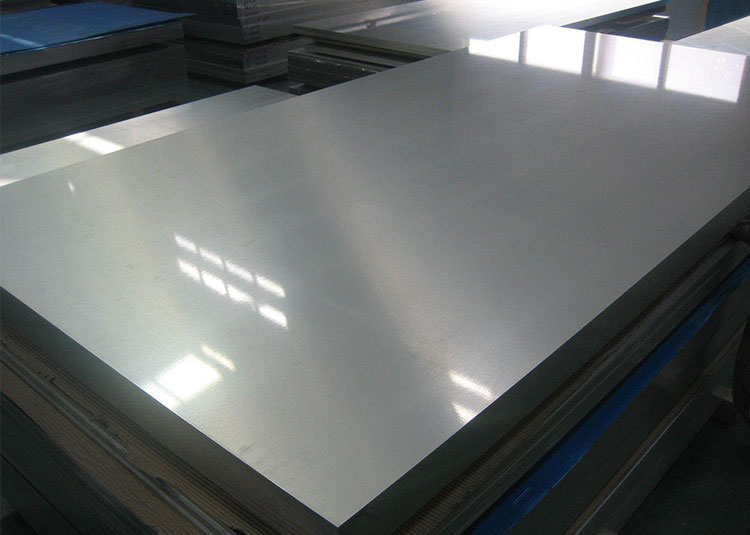
Aluminium Sheets
View Details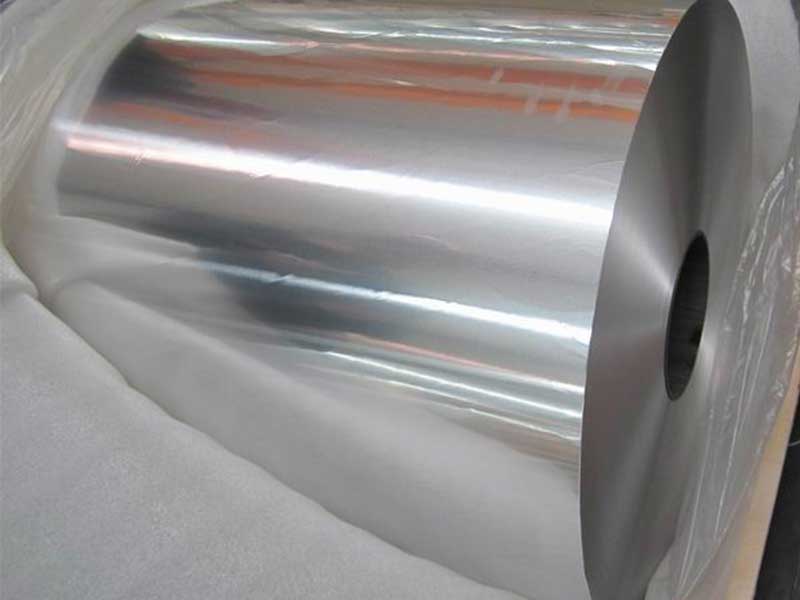
Aluminium Coils
View Details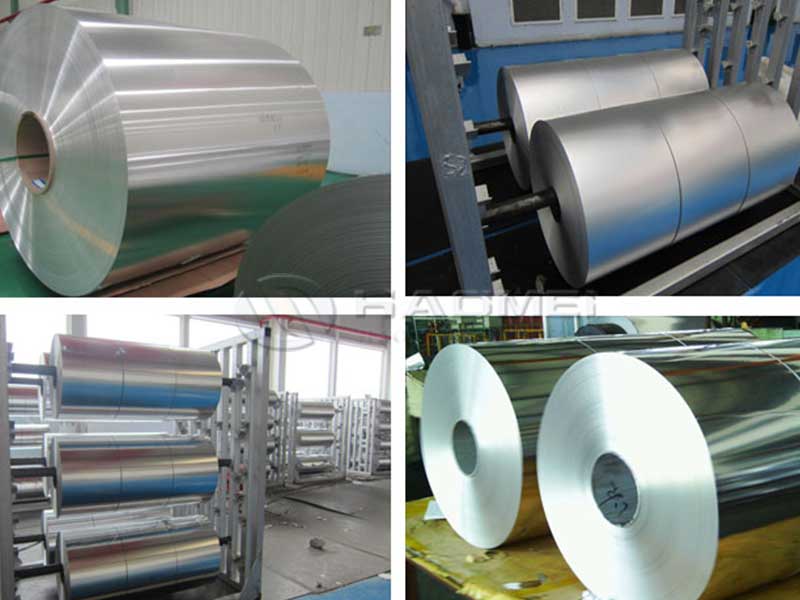
Aluminium Foils
View Details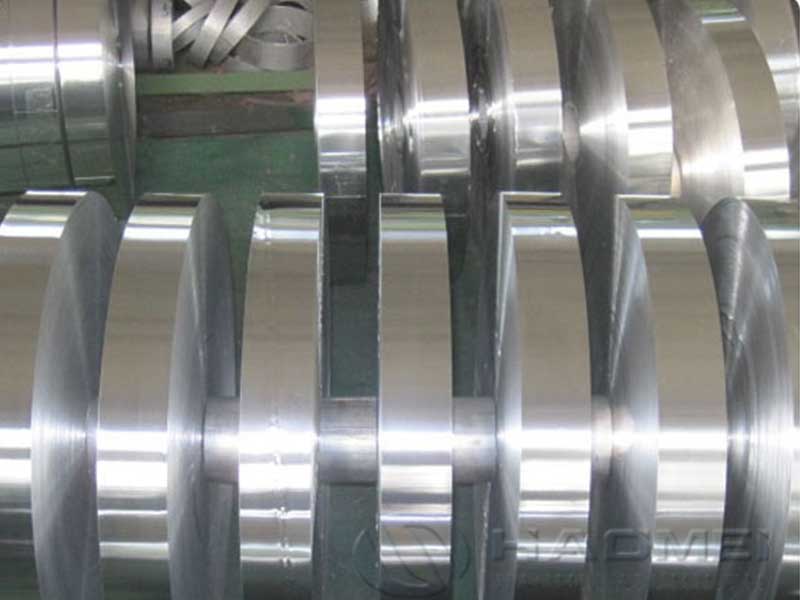
Aluminium Strips
View Details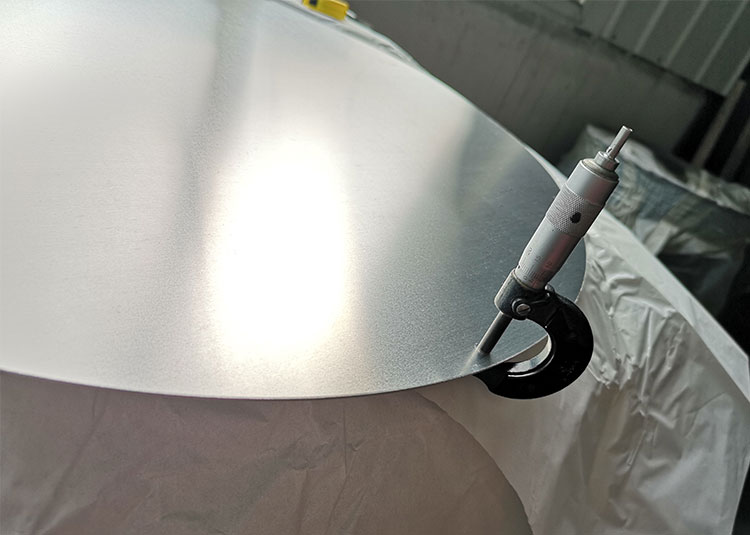
Aluminium Circles
View Details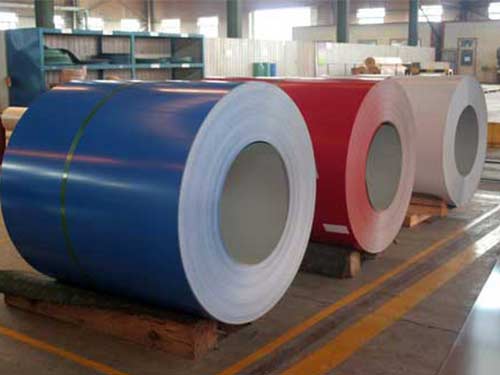
Coated Aluminium
View Details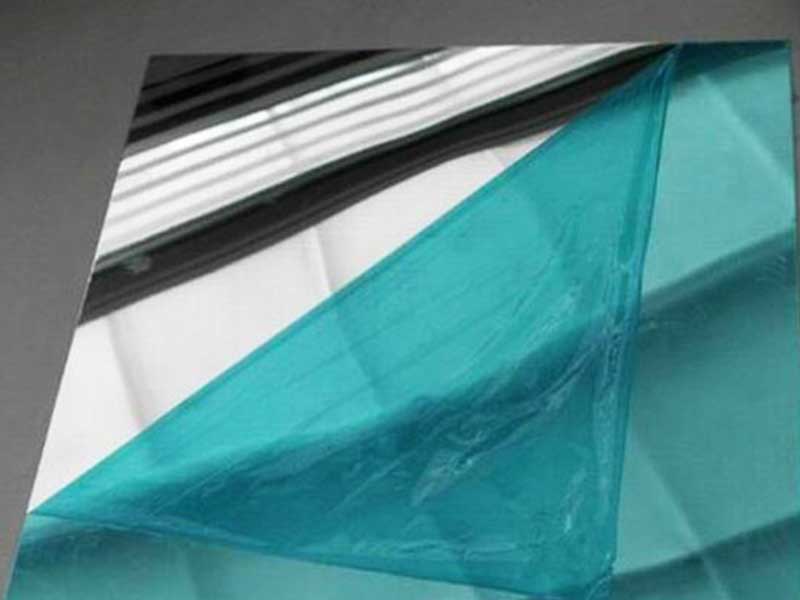
Mirror Aluminum
View Details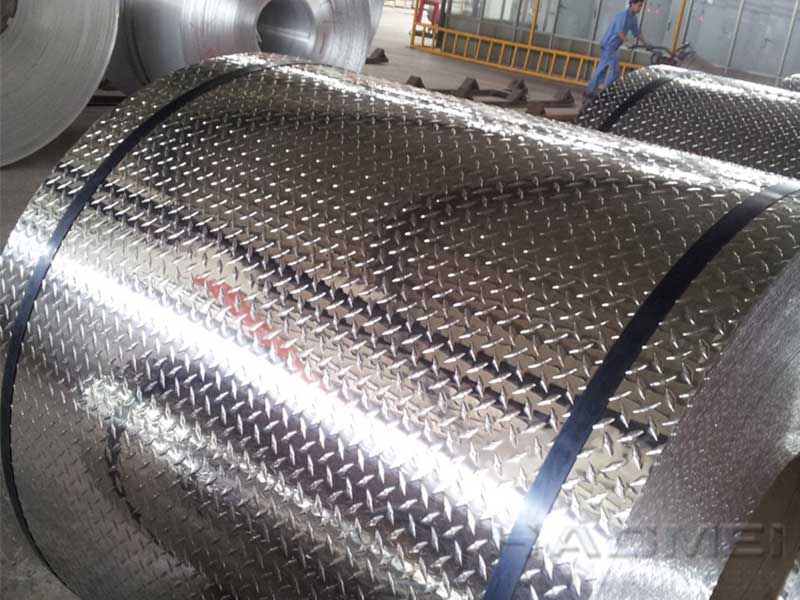
Stucco Embossed Aluminum
View DetailsSteel
- Copper Steel Copper three laye...
- Aluminum rod for Steel Plant D...
- copper clad steel strip for bu...
- Three-layer copper stainless s...
- Titanium aluminum steel clad p...
- Brass steel bimetal coil strip...
- Application of anode steel cla...
- Copper-steel clad sheet plate
- Explosive welding of titanium...
- carbon steel aluminum sheets
- Process of Prebaked Anode Stee...
- Copper clad stainless steel pl...
- Anode steel claws
- explosion welding aluminum ste...
- Aluminum stainless steel trans...
- Self Lubricating copper steel...
- cast steel anode yoke
- Explosive production process o...
- Aluminum -Steel Explosive Weld...
- Aluminum laminated stainless...